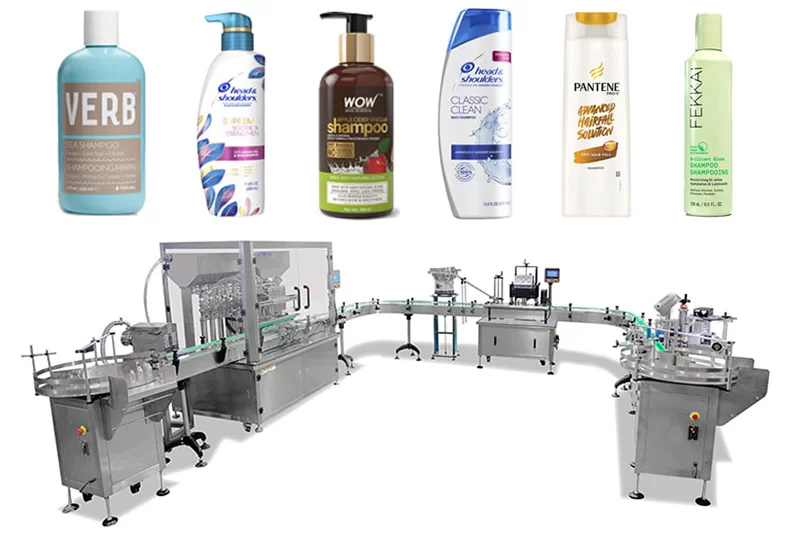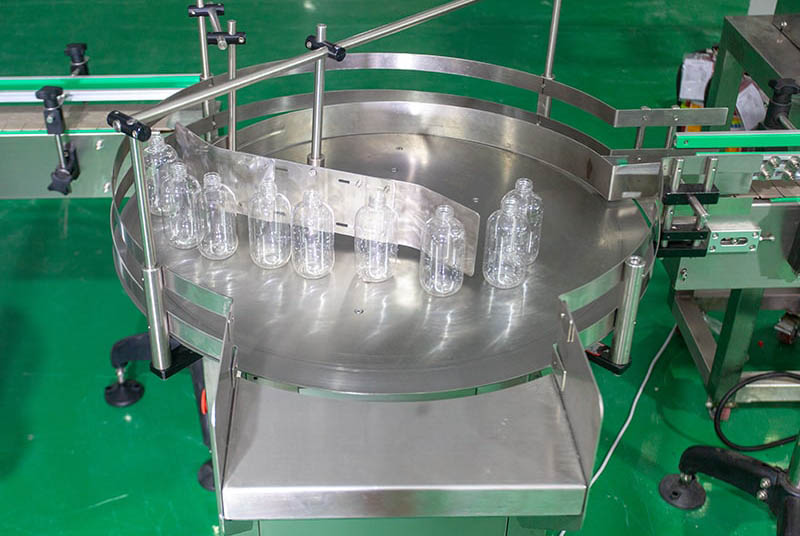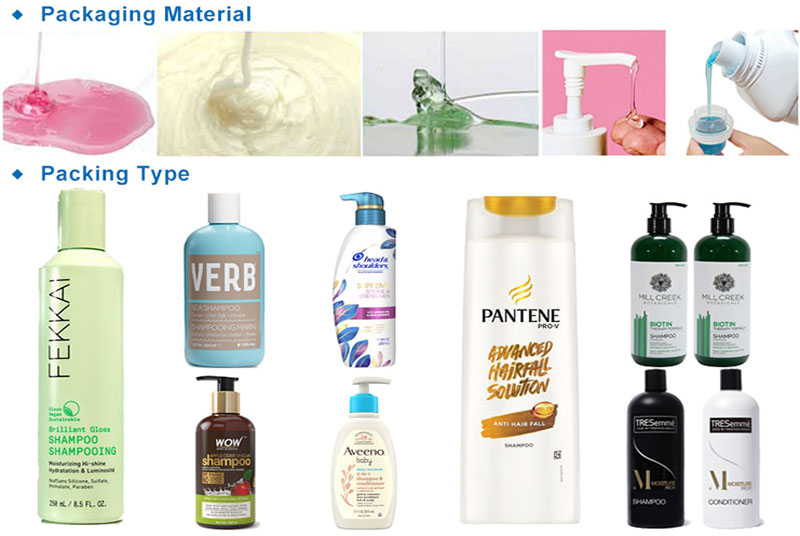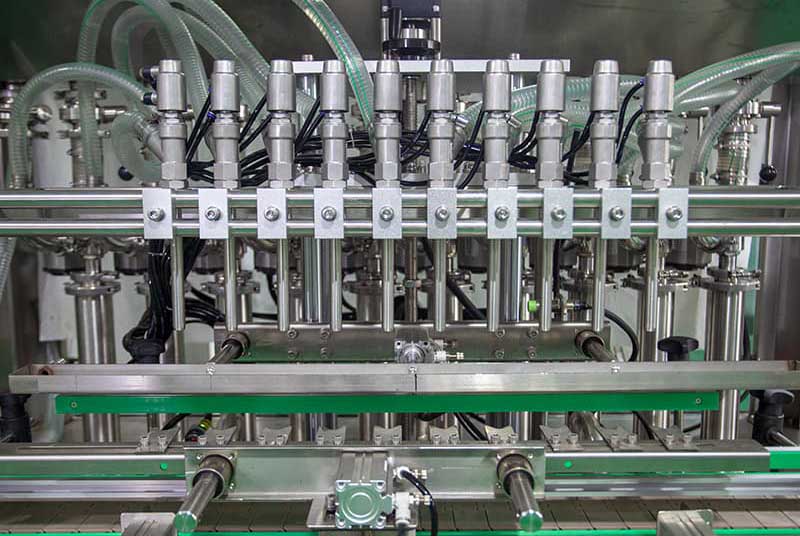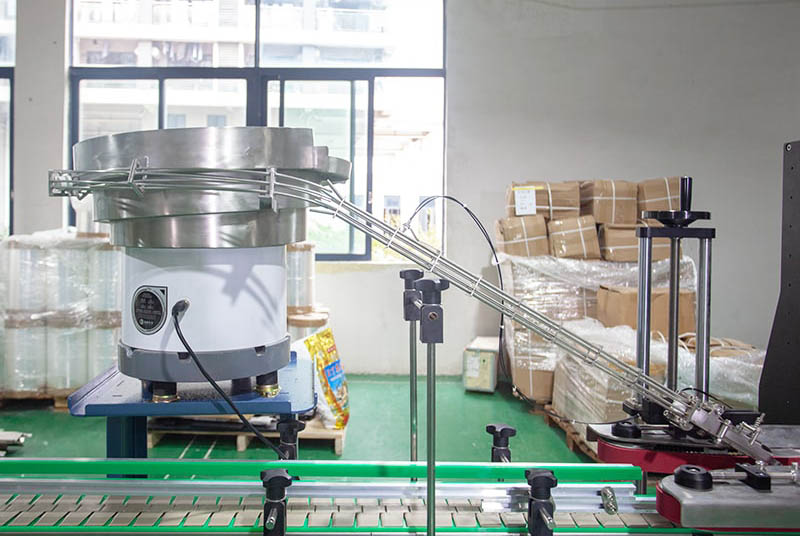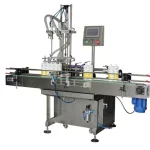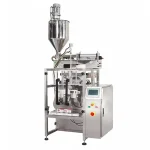Automatic Liquid Bottle Filling Capping And Labeling Lines
Description
Application:
Full Automatic Bottle Filling Capping and Labeling Machine is Suitable for automatic filling, capping and labeling of various liquid products. Round, flat, square and other shaped bottles, cans, boxes and jas.
Examples: hand sanitizer, shampoo, distilled spirits, lubricate oil, edible oil, liquid detergent, tomato sauce, salad sauce. etc.
Packaging Type: Cans, Barrel, Bottles, Capsule, Cartons, Stand-up Pouch.
Packaging Material: Glass, Metal, Paper, Plastic, Wood, Other.
Kindly Reminder:
We have experienced team of R & D engineers who can customize packaging solutions according to your product characteristics.
Packing Exambers:
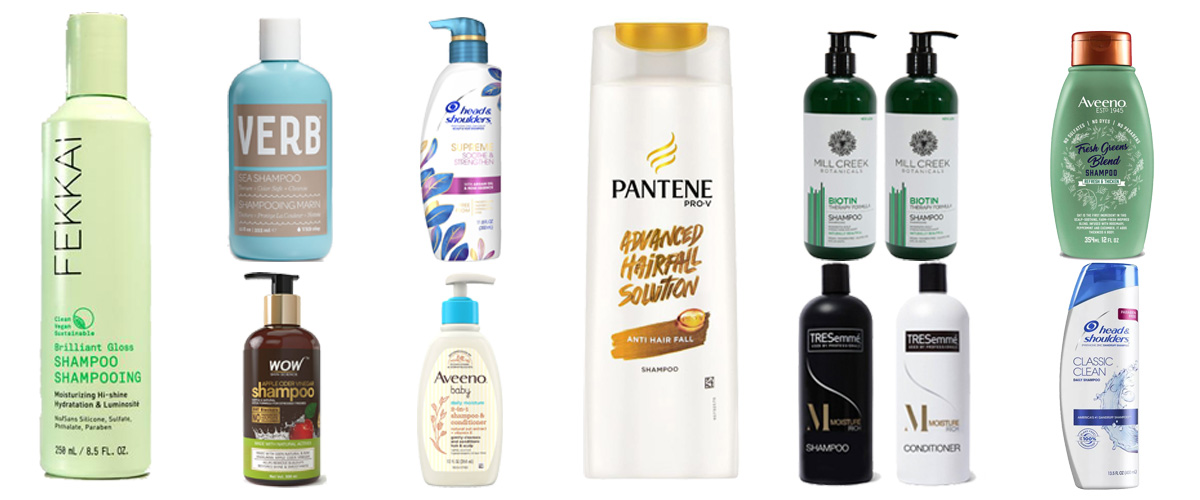
- Stronger PLC software support, may realize the ideal filling operation.
- The touching operation color screen, can display the production state, operation procedures and filling ways, tableau objective, operation simple and maintenance convenient.
- This China most popular products simplex filler machine jar filling machines automatic liquid filling machine uses vacuum sucking technology to ensure no leakage of filling head during filling production process.
- Each filling-head is equipped with a bottle-mouth-clamping device, ensuring the injecting material correct aiming at.
- This machine suits for the filling of different sizes of vessel, may change the filling sizes within a few minutes.
- Pivotal electrical part use world famous brand such as Mitsubishi, OMRON, SIEMENS.
- Optional servo filling system.
Parameter
| Model | VK-06 | VK-08 | VK-10 | VK-12 |
| Filling Range | 50-1000ml (customizable) | 50-1000ml (customizable) | 50-1000ml (customizable) | 50-1000ml (customizable) |
| Filling Speed | <30 bottles/min (customizable) | <40 bottles/min (customizable) | <50 bottles/min (customizable) | <60 bottles/min (customizable) |
| Measurement Accuracy | ±1% | ±1% | ±1% | ±1% |
| Power | 1KW | 1.2KW | 1.2KW | 1.5KW |
| Power Supply | 220V、50Hz | 220V、50Hz | 220V、50Hz | 220V、50Hz |
| Working Pressure | 0.6-0.8MPa | 0.6-0.8MPa | 0.6-0.8MPa | 0.6-0.8MPa |
| Weight | 400kg | 450kg | 500kg | 550kg |
If you are in the liquid manufacturing industry, you understand the importance of having an efficient and reliable system for filling, capping, and labeling your bottles. Manual filling and labeling can be tedious and time-consuming, leading to errors and inconsistencies that affect the quality of your product. This is where automatic liquid bottle filling, capping, and labeling lines come in. In this article, we will take a deep dive into everything you need to know about these systems, including their benefits, components, working principle, and maintenance.
Benefits of Automatic Liquid Bottle Filling, Capping, and Labeling Lines
- Increased Efficiency: Automatic filling, capping, and labeling lines are designed to perform these tasks faster and more accurately than manual labor. This leads to increased productivity, reduced downtime, and lower labor costs.
- Improved Product Quality: Automatic systems are more precise and consistent than manual labor, ensuring that each bottle is filled, capped, and labeled with the same accuracy and quality.
- Cost Savings: Investing in an automatic filling, capping, and labeling system may seem expensive at first, but it can lead to significant cost savings in the long run by reducing labor costs, minimizing waste, and increasing efficiency.
- Customizable: Automatic filling, capping, and labeling lines can be customized to fit your specific production needs, ensuring that you get the most out of your investment.
Components of Automatic Liquid Bottle Filling, Capping, and Labeling Lines
- Bottle Feeder: This component feeds empty bottles into the system for filling, capping, and labeling.
- Filling Station: The filling station is where the liquid is pumped into the bottle. The system can be designed to fill a specific amount of liquid based on volume or weight.
- Capping Station: The capping station is where the bottle is sealed with a cap or lid. The system can be designed to work with different types of caps, such as screw caps, snap-on caps, or cork.
- Labeling Station: The labeling station applies the label to the bottle. The system can be designed to work with different label sizes, shapes, and materials.
- Control Panel: The control panel is where the operator controls and monitors the system’s performance.
Working Principle of Automatic Liquid Bottle Filling, Capping, and Labeling Lines
- Bottle Feeding: The empty bottles are fed into the system through the bottle feeder.
- Filling: The bottles are then moved to the filling station, where the liquid is pumped into them.
- Capping: The filled bottles are then moved to the capping station, where they are sealed with a cap or lid.
- Labeling: Finally, the sealed bottles are moved to the labeling station, where the label is applied.
- Quality Control: The system is designed to perform quality control checks, such as verifying the fill level, cap tightness, and label accuracy.
Maintenance of Automatic Liquid Bottle Filling, Capping, and Labeling Lines
- Regular Cleaning: The system must be cleaned regularly to ensure that it functions properly and that there is no cross-contamination between different products.
- Lubrication: The moving parts of the system must be lubricated regularly to prevent wear and tear.
- Inspection: The system should be inspected regularly to detect any wear and tear or other issues that may affect its performance.
- Replacement of Parts: Any worn-out or damaged parts should be replaced promptly to ensure that the system functions optimally.
Conclusion
In conclusion, automatic liquid bottle filling, capping, and labeling lines are essential for any liquid manufacturing industry that wants to increase efficiency, improve product quality, and reduce costs. These systems are customizable and can be designed to meet the specific production needs of your company. The components of an automatic system include a bottle feeder, filling station, capping station, labeling station, and control panel. The working principle involves bottle feeding, filling, capping, labeling, and quality control checks. Maintenance is critical to ensure optimal performance and includes regular cleaning, lubrication, inspection, and replacement of worn-out parts.
If you are in the liquid manufacturing industry and still relying on manual filling and labeling, it’s time to consider investing in an automatic liquid bottle filling, capping, and labeling line. These systems offer numerous benefits, including increased efficiency, improved product quality, and cost savings in the long run. With the right system in place, you can ensure that your products are filled, capped, and labeled accurately and consistently, which will help you maintain your reputation as a reliable supplier in the industry.
FAQs
How do I choose the right automatic liquid bottle filling, capping, and labeling line for my company?
A: Choosing the right system depends on your specific production needs, such as the type of liquid you are filling, the bottle size and shape, and the labeling requirements. It’s essential to work with a reputable supplier who can help you design a system that meets your needs.
How much does an automatic filling, capping, and labeling system cost?
A: The cost of an automatic system varies depending on the system’s size, capacity, and level of customization. It’s essential to compare prices from different suppliers and consider the long-term cost savings when making a decision.
How often should I clean and maintain my automatic filling, capping, and labeling system?
A: The system should be cleaned and maintained regularly, following the manufacturer’s recommendations. This will help ensure optimal performance and prevent breakdowns.


